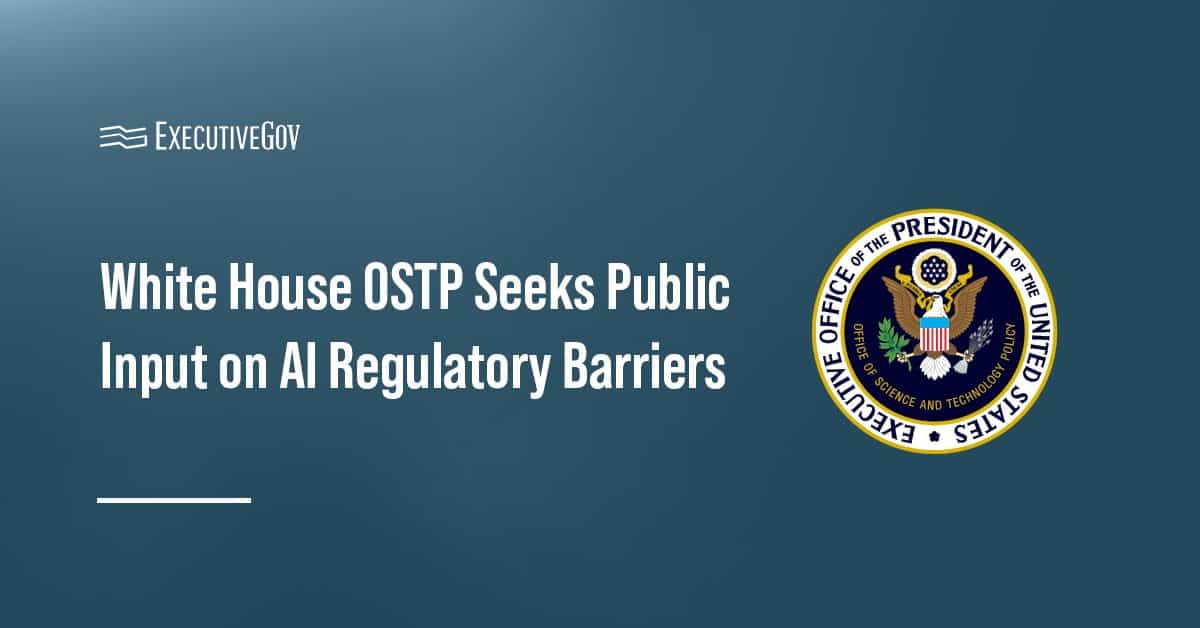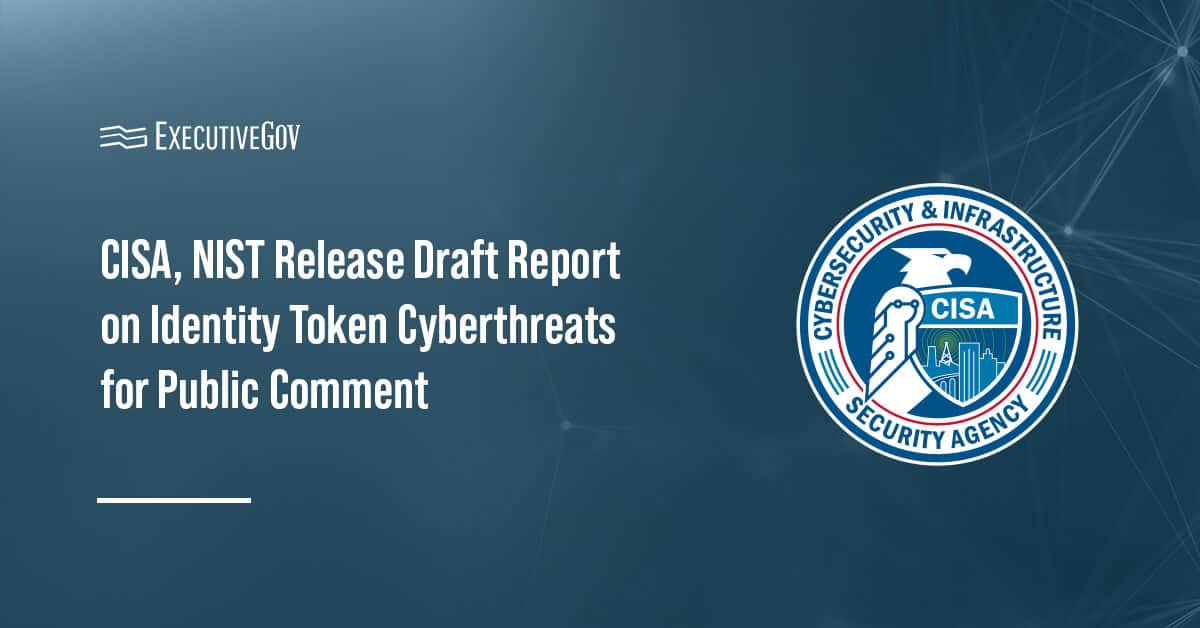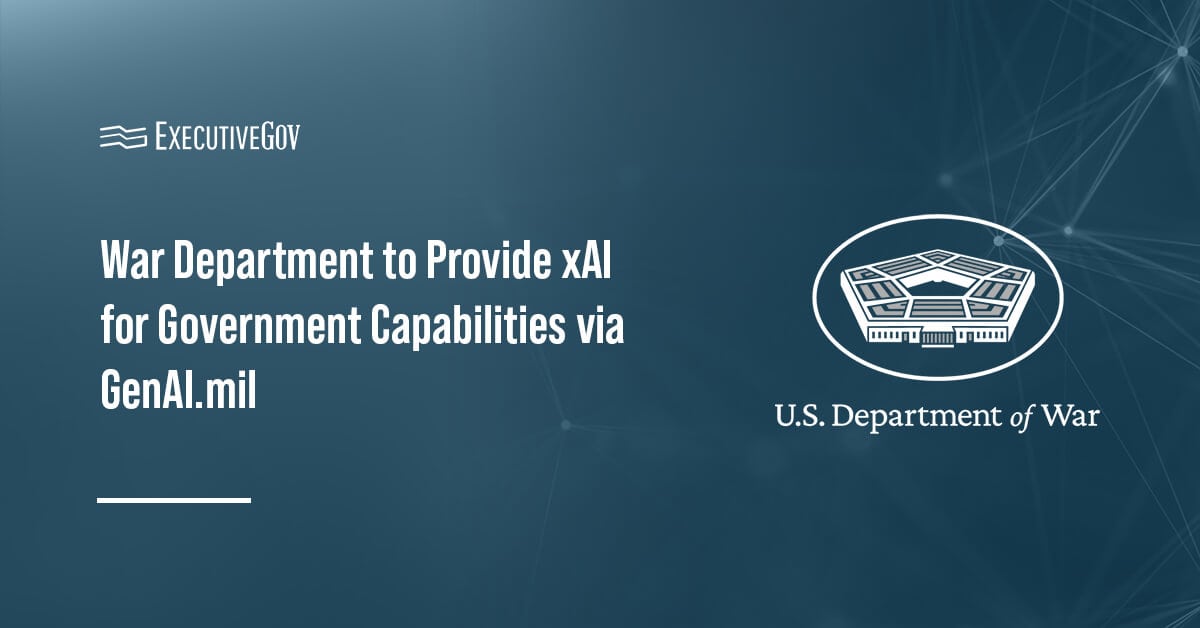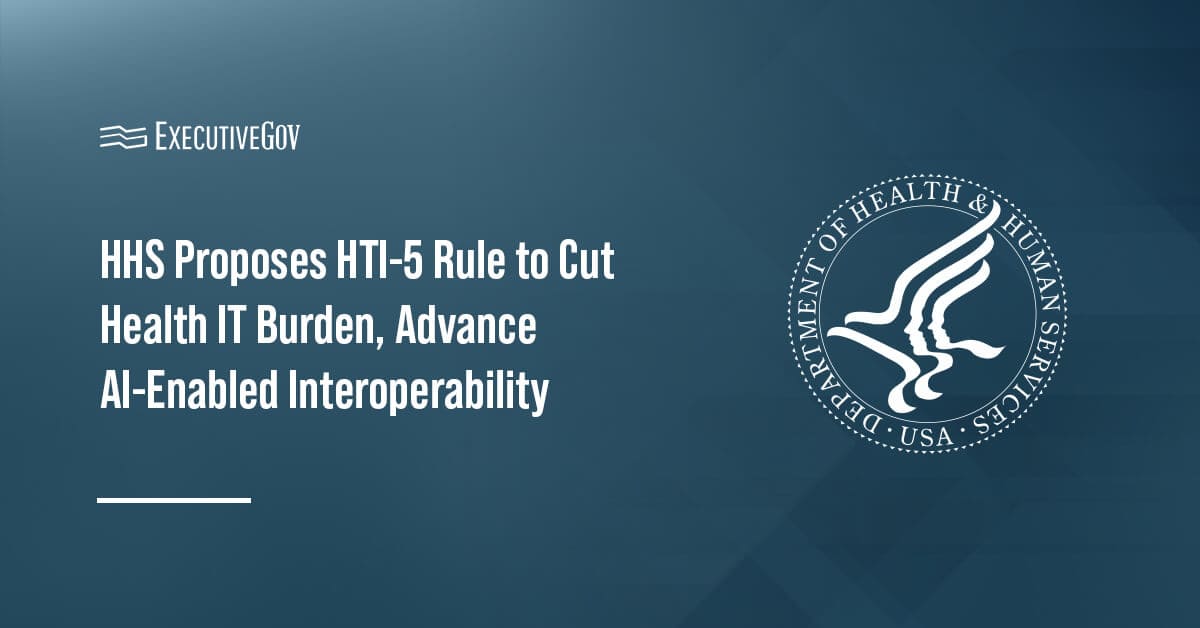The White House Office of Science and Technology Policy has issued a request for information asking stakeholders to identify federal statutes, regulations and agency policies that hinder the development, deployment and adoption of artificial intelligence technologies in the United States.
Responses are due by Oct. 27, 2025, and may be submitted electronically through the Federal eRulemaking Portal.
Table of Contents
Removing Outdated Barriers to AI Adoption
According to OSTP, most federal regulatory regimes were created before modern AI technologies emerged and often rely on assumptions tied to human-operated systems. These frameworks can create barriers to AI adoption by imposing requirements that do not account for adaptive, continuously learning systems, it added.
Key areas of concern include:
- Decision-making and explainability requirements that assume human actors are always traceable.
- Liability and accountability rules structured around human decision points.
- Human oversight mandates requiring prescriptive review or continuous supervision.
- Data practices that do not reflect the dynamics of AI training and reuse.
- Testing and certification regimes designed for static, human-delivered services.
Five Categories of AI Barriers
OSTP outlined five categories where existing federal rules may create barriers to artificial intelligence adoption: regulatory mismatches that occur when outdated, human-centered assumptions no longer align with AI capabilities; structural incompatibility arising when legal or procedural frameworks are fundamentally unsuitable for AI systems; lack of regulatory clarity that increases compliance costs and slows innovation; direct hindrance from regulations that explicitly restrict AI use; and organizational factors such as workforce readiness, institutional capacity and cultural barriers within agencies that can limit the pace of AI deployment.
Call for Public Input
The RFI seeks feedback from the private sector, academia, governments and other interested parties on AI-related policy challenges and potential solutions. OSTP noted that responses may reference specific statutes or regulations, propose administrative tools such as exemptions or pilot programs, and suggest forms of regulatory clarity, such as guidance or standards.
The request follows the release of America’s AI Action Plan on July 23, which directed OSTP to gather public input on regulatory obstacles and work with agencies to address them.





